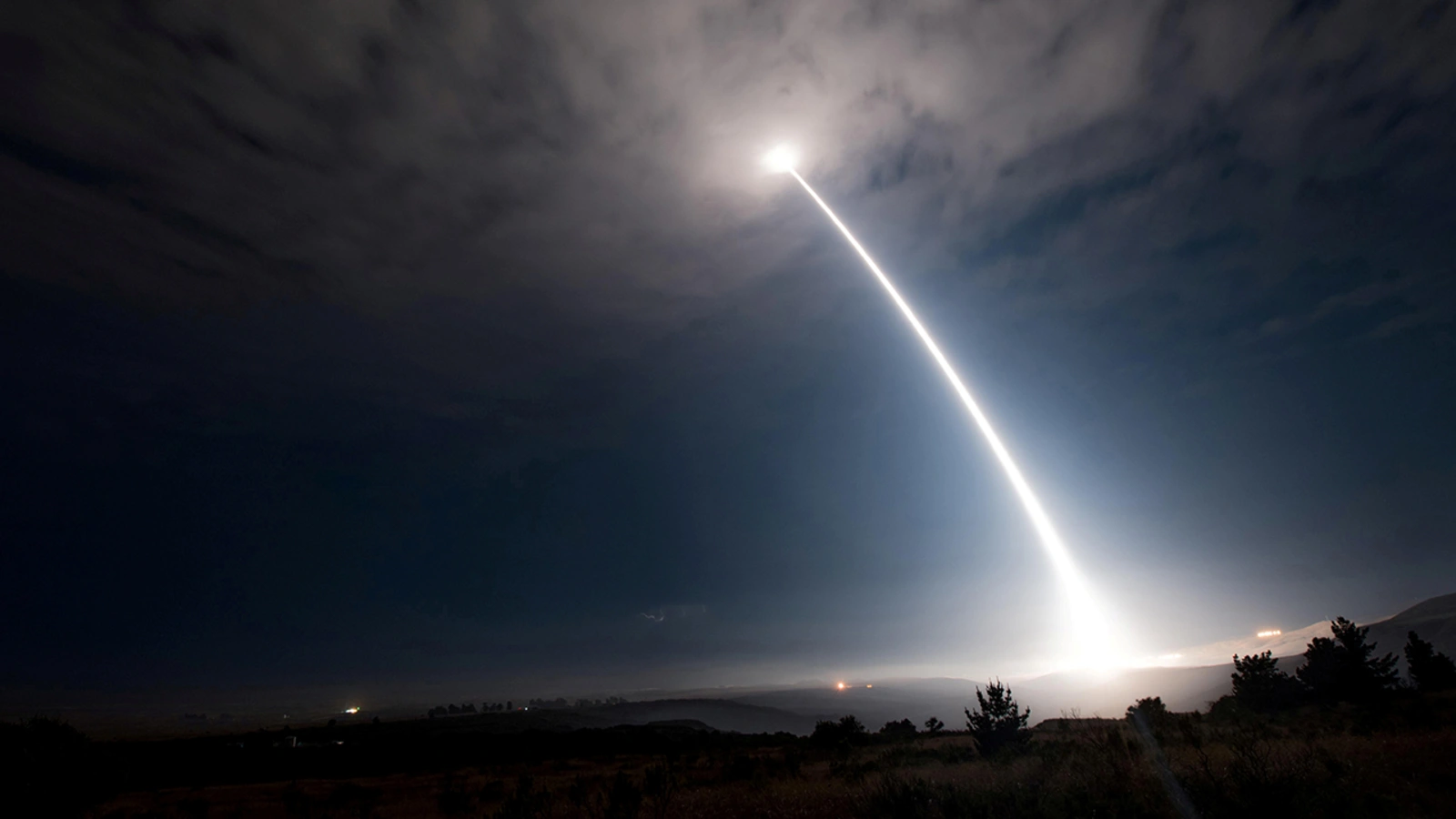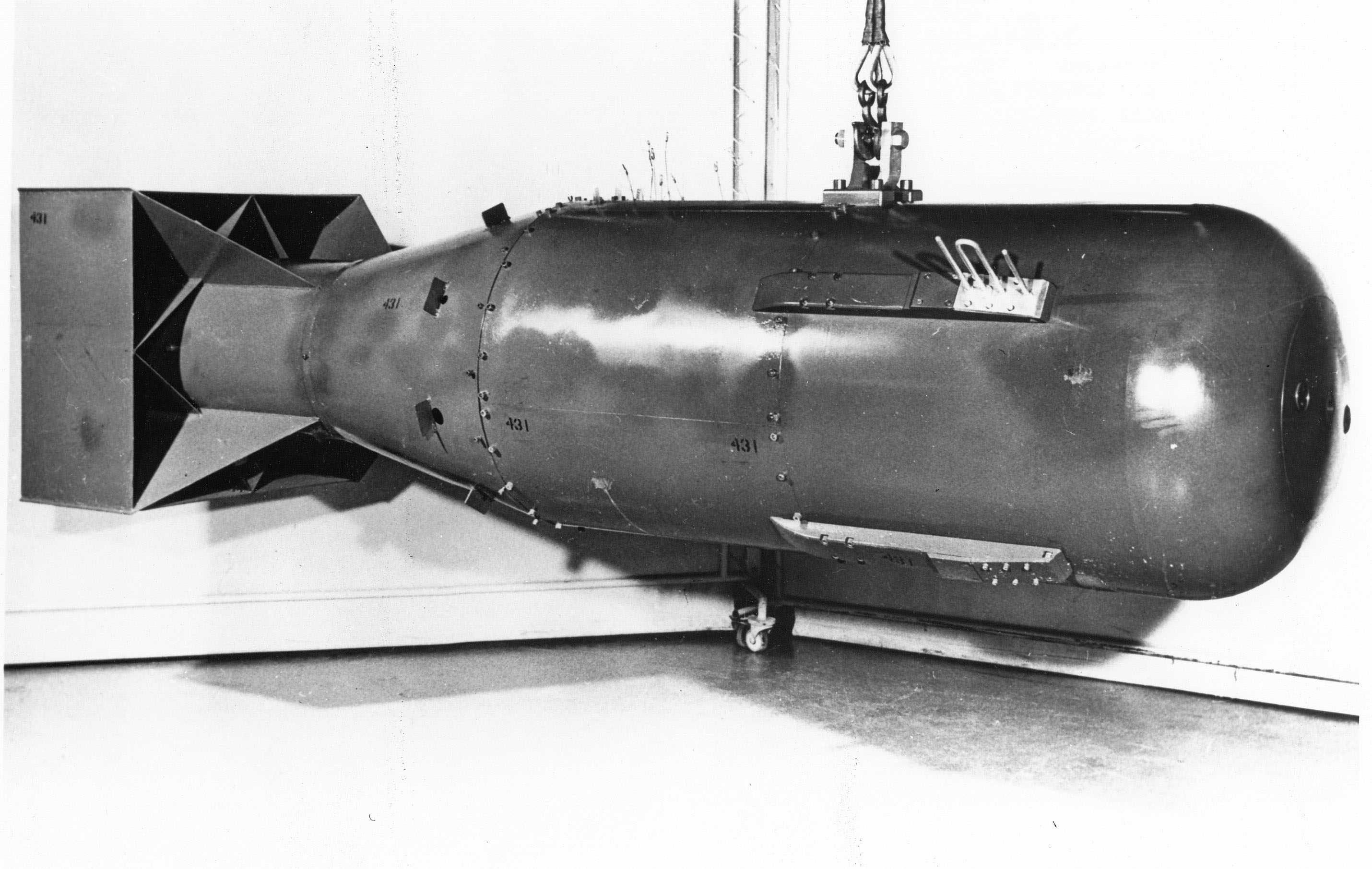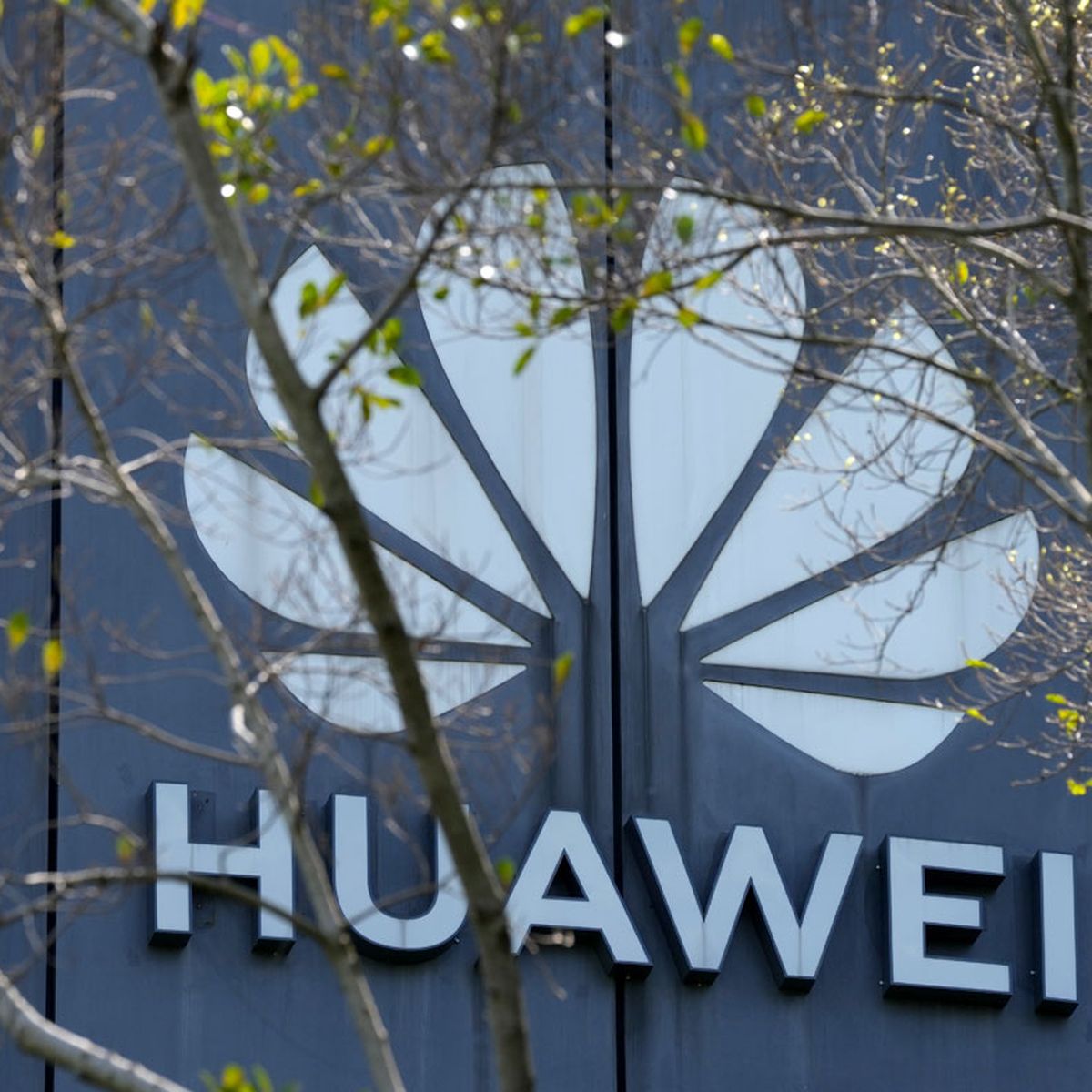Nuclear Triad Definition - US nuclear weapons are an integral part of the military doctrine of "mutual destruction". The concept of the compass is simple, but not exhaustive. In theory, this means diversifying the country's nuclear distribution portfolio, effectively ensuring that no nuclear attack can neutralize the US nuclear response.
Simply put, the tripartite promises that the United States will respond to its nuclear attack with its own massive nuclear arsenal—in the nation's version of the saying, "If we go down, we take you down." Discontent, it is thought, has been effective enough to prevent the use of nuclear weapons in any conflict since the second atomic bomb was dropped on Japan on August 9, 1945.
Nuclear Triad Definition

Despite significant economic and diplomatic efforts, it all seems to have started, but it is inevitable that countries like Iran and North Korea will eventually develop nuclear capabilities, giving the United States the purpose and importance of nuclear weapons. Back. These attacking countries are not uncommon for heated rhetoric, but they are unlikely to launch a nuclear attack on a country that could effectively wipe them off the map with a nuclear launch in response. Body.
Nmhb 2020 [revised]
So how can we effectively guarantee the destruction of our nuclear rivals so that they do not use nuclear weapons against us? With American nuclear weapons.
The simple answer is that there are three distinct elements that make up the easily identifiable core: earth, sea and wind. The more complex answer is that US nuclear weapons, like the three-legged stool, can be seen as truly addictive. Withdrawing one of the three arms will make it easier for America's adversaries to focus their efforts on the remaining two and increase the chances of neutralizing them in a nuclear conflict. If you remove one leg from a three-legged stool, the stool will topple over.
As we mentioned earlier, America's nuclear strategy is at the heart of that country's nuclear deterrence strategy. The United States seeks to maintain a "second strike" mentality—operating on the assumption that the United States will never be the first nuclear aggressor, but is prepared to respond quantitatively if anyone else does. . That concept is the definition of mutual destruction.
Senior Airman Scott Fowler (above) and Senior Airman Paul Gallegos, 321st Strategic Missile Wing maintenance personnel, operate the refueling system for the LGM-30 Minuteman III on the missile instruction set. (US Air Force photo)
Fbi Claims Huawei Could Disrupt Us Nuclear Arsenal
While the concept of large nuclear ballistic missiles housed in underground tunnels may sound like a holdover from the Cold War, many of the same missiles are still on duty in sturdy silos in many US states. The United States currently maintains about 450 of these launches, with 406 active intercontinental ballistic missiles (ICBMs) 406 in stock.
Each of these missile platforms has a W87 or W78 nuclear warhead with a power of 300 to 350 kilotons. To give you a frame of reference regarding the destructive capabilities of the atomic bomb dropped on Hiroshima in 1945, the power was 15 kilotons.
However, the Minuteman III is by far the biggest kid on the nuclear block, with the Russian RS-28 Sarmat suddenly taking over that position.
Shared among up to 10 MIRVs (Multiple Independent Entry Vehicles). Divided into the same unit of measurement we use for the Minuteman III, the Sarmat delivers 50,000 kilowatts of nuclear power to its target, a size known by the Russian state-controlled media as "capable of destroying parts of the earth." Texas or France.
U.s. Nuclear Weapons Modernization
However, those high numbers are wrong. Any weapon output is almost entirely sensitive (despite Russia's efforts to draw attention) because a single nuclear launch would produce irreversible results in a full nuclear transition. The Russian RS-28 (also known as the "Satan II") can be compared to a .50 caliber round, while the American Minuteman III might look more like a shorter round. The methods of distribution are different, but when you are attacked, the results are the same.
The United States has a fleet of 14 Ohio-class submarines, which the Navy affectionately calls "Boomers." These stealth submarines represent the most viable part of the US nuclear submarine fleet as finding, attacking and neutralizing these submarines is nearly impossible during nuclear conflicts. . The 14 submarines, which make up the submarine base of the nuclear submarine, have 20 submarines that launch the Trident II D5 main missile, which can be equipped with warheads ranging from 5 to 455 kilotons.
An unarmed Trident II D5 missile fired from the ballistic missile submarine Ohio USS Nebraska (SSBN 739) off the coast of California. (U.S. Navy photo by Public Affairs Specialist 1st Class Ronald Gutridge / Release)
These submarines were designed from the ground up to serve as additional patrols, with large logistics hatches that allow for rapid replenishment at sea and a full crew of two. Each Ohio-class submarine spends an average of 77 days at sea, mostly submerged, and returns for 35 days of maintenance. The two crews rotate patrols to ensure these submarines can be consistently maintained and reliably hidden at sea in response in the event of a nuclear attack.
Pdf) The Nuclear Triad: Alternatives From The Days Gone By And Possible Futures No 68 / 2022 Russian International Affairs Council Moscow 2022 Russian International Affairs Council (riac)
The U.S. Ohio-class subs are considered undetectable, which combined with their large storage capacity yields one or two serious nuclear warheads.
The third part of the American nuclear flight consists of two different types of aircraft: the B-2 Spirit Glider and stealth, better known as the stealth bomber, and the B-52 Stratofortress, better known as the BUFF. (Big Ugly Fat Fella is the PG version of the acronym) by those working in or on the platform.
The B-2 Spirit is a multirole heavy bomber capable of penetrating deep into competitive airspace and delivering weapons with an unprecedented level of precision in large-scale conflicts. This flexible platform is primarily used in the current conflict as a means of delivering conventional weapons, meaning that US B-2 pilots have the real combat experience to fall back if called upon Provide Nuclear Weapons - Provide this aircraft and crew. The main stock against the match.

The B-52 Stratofortress has the opposite effect of the B-2: it is large, slow and easily visible on radar. But what makes the B-52 such a valuable bomber asset is its advanced design and flexible storage. Despite flying since the 1950s, the U.S. B-52 fleet is expected to remain in service for decades due to the advent of modern nuclear missiles and anti-aircraft weapons that allow the B-52 to deploy nuclear weapons. While remaining outside the competitive airspace. The mighty BUFF may be the Air Force's oldest heavy bomber. It will continue to fly
Nuclear Deterrence: Still Relevant Against Russia
The bomber, which was built to replace it, has been dismantled, including the aforementioned B-2, which is planned for its successor, the stealthy B-21 Raider, which is scheduled to begin deployment at the end of the decade.
Alex Hollings is a writer, father, and Marine Corps veteran who specializes in foreign policy analysis and defense technology. He holds a master's degree in communications from Southern New Hampshire University, as well as a bachelor's degree in corporate and organizational communications from Framingham State University.
To provide the best experience, we use technologies such as cookies to store and/or access device information. Consent to these technologies will allow us to process data such as browsing behavior or unique IDs on this site. Disagreement or withdrawal of consent may seriously affect some functions and functions.
Technical storage or access is strictly necessary for the legal purpose of activating a specific service expressly requested by the client or users or for the sole purpose of implementing an electronic communication transmission.
Whatever Happens, Happens: Deterring Russia's Threat Of Nuclear Weapons Through Non Nuclear Means > Air University (au) > Wild Blue Yonder
Technical storage or access is required for legitimate purposes of saving settings not requested by subscribers or users.
Technical storage or access used solely for statistical purposes. Technical storage or access used exclusively for anonymous statistical purposes. Absent a subpoena, voluntary compliance from your ISP, or additional third-party records, information stored or retrieved solely for this purpose may not be used to identify you.
Creating user profiles to send ads or track users on or through multiple websites for similar marketing purposes requires technical uploads or access. Summer for me is different from when I can come to work and when I feel I have the most work. I don't teach, which in theory means I have more unstructured time. As a result, I have about a million projects I'm trying to do in what is still limited, and I'm also trying to meet family, friends and relax a bit. I withdrew from June (which I felt was my limit after the many presentations I had in April and May), but I
Female athlete triad definition, triad dentsply, cushing triad definition, triad, triad hvac, triad dental, cognitive triad definition, tonic triad definition, epidemiological triad definition, triad of impairments definition, triad cremation, triad color definition


0 Comments